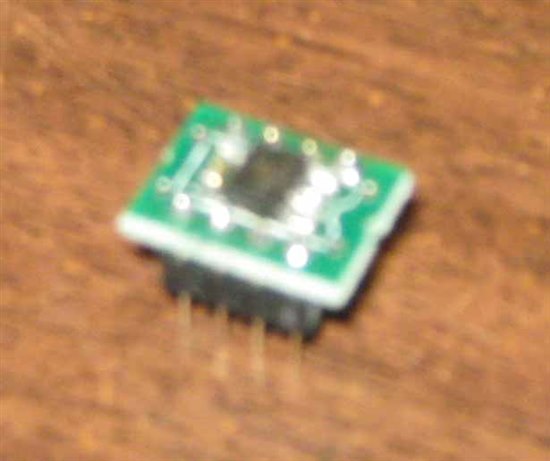I love this chip; it is, as advertised, ultra low distortion. However, it does not seem to be ultra low noise, as also advertised. I am using it in a high-performance audio preamp circuit, but it seems to have at least 10 times more noise than other chips, specifically the opa2132.
I have tried a number of things; lowered the feedback resistor to 500 ohms, used a low noise type resistor (metal foil) Also put ferrite beads at all the inputs, and 1 mh rf choke at each power pin. Also triple cap bypassing at each power pin.
I've run out of ideas as to what more I can do. I am wondering if this chip is really not ultra low noise, and thats just the way it is.
If anybody can tell me if this is just the nature of this chip, and that it is really not ultra low noise, please let me know so I can stop killing myself trying to get the noise out!
Thanks;
dnlco



